Scars do not just physically affect people; they also negatively affect self-esteem as well. Fortunately, scar revision procedures can help to reduce or completely eliminate your scars to restore your self-confidence. If you are seeking the best treatment available and you live in Fort Lauderdale, Miami or South Florida, contact Adam J. Rubinstein, M.D., F.A.C.S., at his Aventura-based practice.
If You’re Considering Scar Revision
Scars are unpredictable, regardless of whether they are the result of surgery or an accident. The development of the scars depends on the extent of the initial injury and just how efficiently your body is able to heal itself. Other factors that affect the severity of scars include blood supply to the site, the direction of the wound, the thickness and color of your skin and the size and depth of the wound. On the other hand, how the scars affect your life and how much they bother you is more of a personal issue rather than a physical one.
While no scar can be completely removed, an experienced plastic surgeon can improve how they look and make them less obvious to others by using surgical scar revision or by injecting or applying steroid medications to the scars. The following is an explanation of the most common types of scars, the procedures used to treat them and the results that patients can expect. Although this will give you a basic understanding of the scar revision process, if you have any additional questions that pertain to your individual situation, please do not hesitate to contact Dr. Rubinstein for clarification.
Making the Decision
Keep in mind that most large, unattractive scars could become less noticeable over time. Since some scars can be treated with steroids to relieve tenderness, itching and other symptoms, many plastic surgeons suggest waiting at least one year following a surgery or injury before undergoing scar revision.
Still, if a scar is bothering you or affecting the quality of your life, the first step is to schedule a consultation with Dr. Rubinstein. During your first visit, he will perform a comprehensive examination and speak with you regarding the possible treatment methods available for your scar. Dr. Rubinstein will also discuss the risks and benefits involved with each method as well as the possible results that you can expect. When asked about your expectations, please be frank and realistic and do not hesitate to bring up any questions or concerns.
For many people, the cost of scar revision procedures keeps them from seeking the services of a plastic surgeon. While most insurance policies do not cover cosmetic procedures, if you need a scar revision to reduce scarring from an injury or to improve your ability to function, your insurance company may partially cover the cost of the procedure. Call your insurer to confirm or check the terms of your policy.
Keloid Scars
A keloid scar is a thick, itchy and puckered mass of scar tissue that grows beyond the edges of a wound or incision. Compared to the surrounding skin, it is typically dark or red in color and develops when the body continues to produce collagen, a fibrous and tough protein, even after the wound or incision heals.
While keloids can develop anywhere on the body, they are most commonly found on the breastbone, earlobes or shoulders. Individuals with dark skin are more likely than those with fair skin to develop keloids, and the likelihood of developing keloids decreases with age.
A doctor often injects steroid medication into the scar tissue to reduce redness, itching, and burning. Although the injection will shrink the scar in some cases, if this method is ineffective, Dr. Rubinstein can also cut out the scar tissue and close the wound with stitches. The procedure is generally performed on an outpatient basis and involves the use of local anesthesia. The average recovery time is only one or two days, and the stitches can be removed after several days. Occasionally, Dr. Rubinstein will feel that a skin graft is necessary, but this will depend on the risk of a keloid developing at the graft site.
Keloids are notoriously stubborn and have a tendency to recur regardless of the type of treatment used. Sometimes, they reappear larger than the initial scar, so Dr. Rubinstein may suggest the combination of scar revision with radiation therapy or steroid injections. You might also be asked to wear a pressure garment over the site. Still, even with these measures, the keloid may return, so you might require additional procedures every few years or so.
Hypertrophic Scars
Since hypertrophic scars are also thick, red and raised from the skin, they are frequently confused with keloids. However, unlike keloids, hypertrophic scars remain within the boundaries of the incision or wound. While they typically improve without treatment, it could take at least a year or longer to heal depending on the severity of the injury or incision. Steroid applications or injections can help to speed up the improvement.
When a less invasive, conservative approach is ineffective, surgery is another option to treat hypertrophic scars. During this procedure, Dr. Rubinstein will remove the scar tissue, and he may reposition the incision to reduce its visibility when it heals. The use of general or local anesthesia will depend on the location of the scar.
Contractures
Injuries such as burns that result in the loss of large sections of skin may form scars that scrunch the skin together, a process known as contraction. The contractures might affect the adjacent muscles and tendons, thus restricting your normal movement.
Fixing a contracture usually involves removing the scar and filling the space with a skin graft or flap. A plastic surgeon may use a procedure called Z-plasty, and more surgeons have begun to use new techniques such as tissue expansion. It is important to note that patients with long-term contractures might need to undergo physical therapy after the surgery to restore full movement and function.
Facial Scars
Even when they are not hypertrophic, facial scars are often considered to be cosmetic issues. While there are several ways to reduce the appearance of facial scars, they are typically surgically removed and closed with small stitches. If a scar forms over a natural crease in the skin, Dr. Rubinstein might reposition the scar to run parallel with the crease to make it less conspicuous.
In some cases, facial scars are softened using dermabrasion, a technique that uses a hand-held, high-speed rotary wheel to scrape off the top layers of skin. Although this technique leaves the skin smoother, it does not completely eliminate the scars.
Z-Plasty
Z-plasty is a type of surgery used to reposition scars so that they conform more closely to the natural lines and creases in your skin, making them less noticeable. However, keep in mind that Z-plasty does not improve all types of scars, so deciding on this procedure will require the advice and knowledge of an experienced plastic surgeon such as Dr. Rubinstein.
During a Z-plasty procedure, Dr. Rubinstein removes the old scar and makes small incisions on each side of the wound to create triangular flaps of skin. Then, he rearranges the flaps to cover the area from different angles so that the scar resembles the letter “Z”. Dr. Rubinstein closes the wound with fine stitches which are removed several days later. A Z-plasty is typically performed under local anesthesia as an outpatient procedure. While Z-plasty will not make your scar invisible or completely disappear, it can certainly make the area less obvious.
Skin Grafting and Flap Surgery
Flap surgeries and skin grafting are more serious than other types of scar revision procedures and are more likely to be performed under general anesthesia as inpatient procedures. It might take a few weeks or several months for the surgical site to heal, and you might be advised by Dr. Rubinstein to wear a support garment or bandage for as long as one year.
A skin graft involves transferring healthy skin from another area of the body, known as the donor site, to the scar site. When new blood vessels and scar tissue form around the area, the body has accepted the graft. While most skin grafts are completely successfully, the body might still reject them, and both the donor site and the original scar site are likely to have some visible scarring.
Flap surgery is a rather complex technique in which the surgeon moves skin from a healthy part of the body to the scar. The transfer includes not only the underlying fat and blood vessels but also the muscle as well. In some cases, one end of the blood supply is still attached to the donor site, and at other times, the surgeon reconnects the blood supply to the blood vessels at the new site by using microvascular surgery.
Although both skin grafting and flap surgery can significantly improve the function of scarred areas, the results might not be completely satisfactory if you are merely concerned with the appearance of your scars. Since the transferred skin might not be the same color or texture of the surrounding skin, the scar might still be noticeable, but flap surgery generally provides a better cosmetic outcome than skin grafting.
After Scar Revision
It is imperative to follow Dr. Rubinstein’s instructions following any scar revision procedure to ensure the wound is healing correctly. Although you may feel as though you are comfortable returning to normal activity sooner than recommended, he will advise you to gradually resume certain activities.
Remember that no scar can be entirely removed. The level of improvement that you will see as you heal will depend on the nature and quality of your skin, how well you care for the surgical site after the procedure, and the size and direction of your scar. Do not panic if your scar appears worse at first since you may not see the final results for some time.
How Much Does Scar Revision Cost?
Most insurance providers will not cover the costs of scar revision since it is considered to be elective. To help make scar revision accessible and affordable for everyone, Dr. Rubinstein offers several
financing options and accepts major credit cards, personal checks, and cash.
If you believe your efforts to eliminate your scars have been ineffective up until this point in your life, it might be time for you to seek professional help. Dr. Rubinstein’s Aventura practice is ready to provide that help to their patients in Fort Lauderdale, Miami, and South Florida. Contact us today for more information and to schedule your initial consultation!



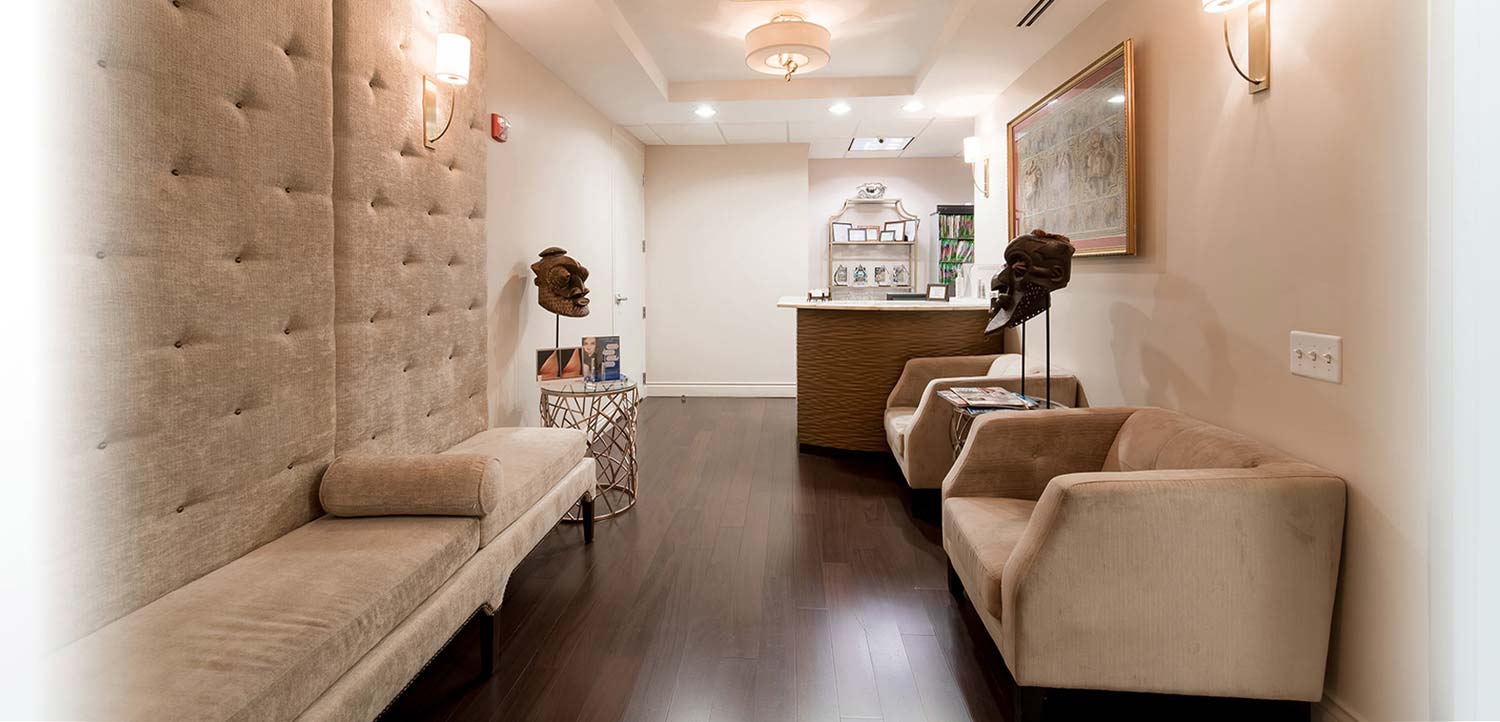
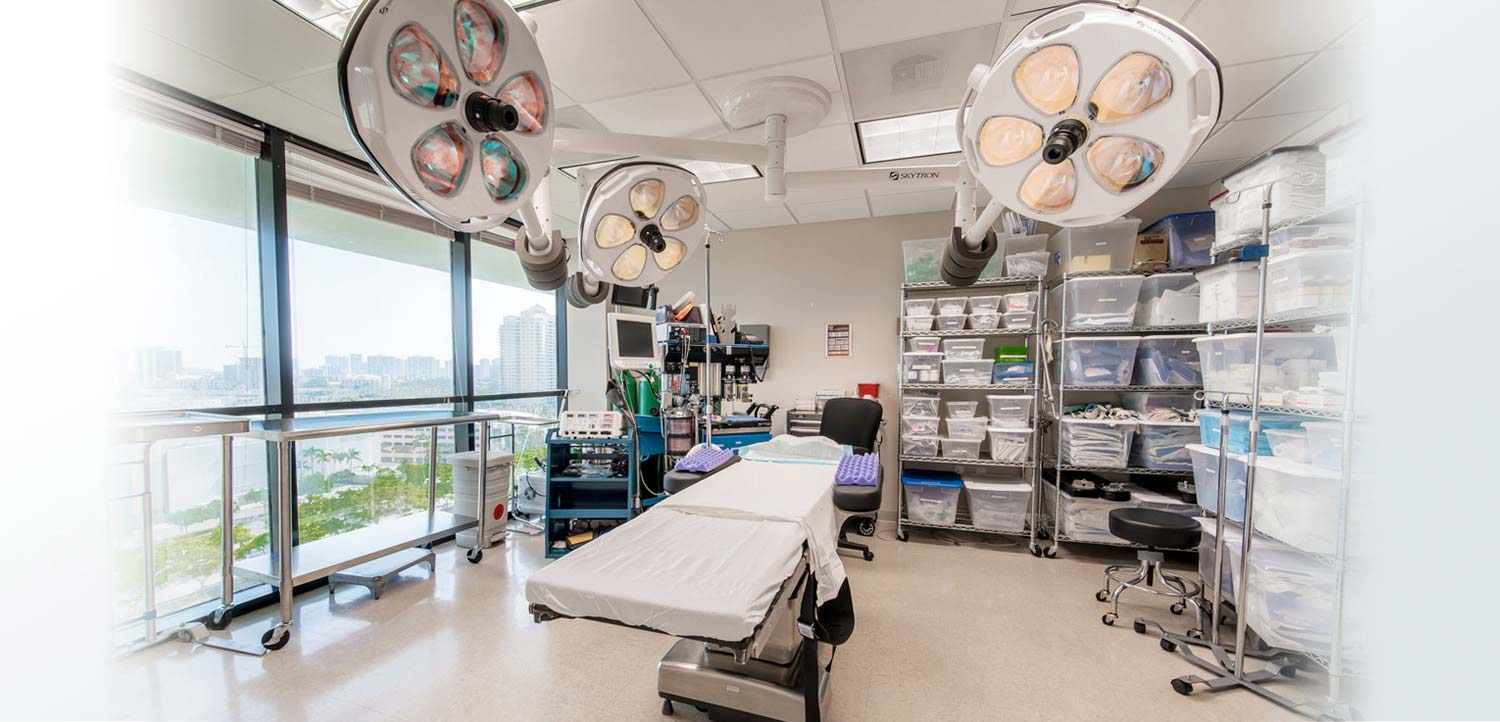
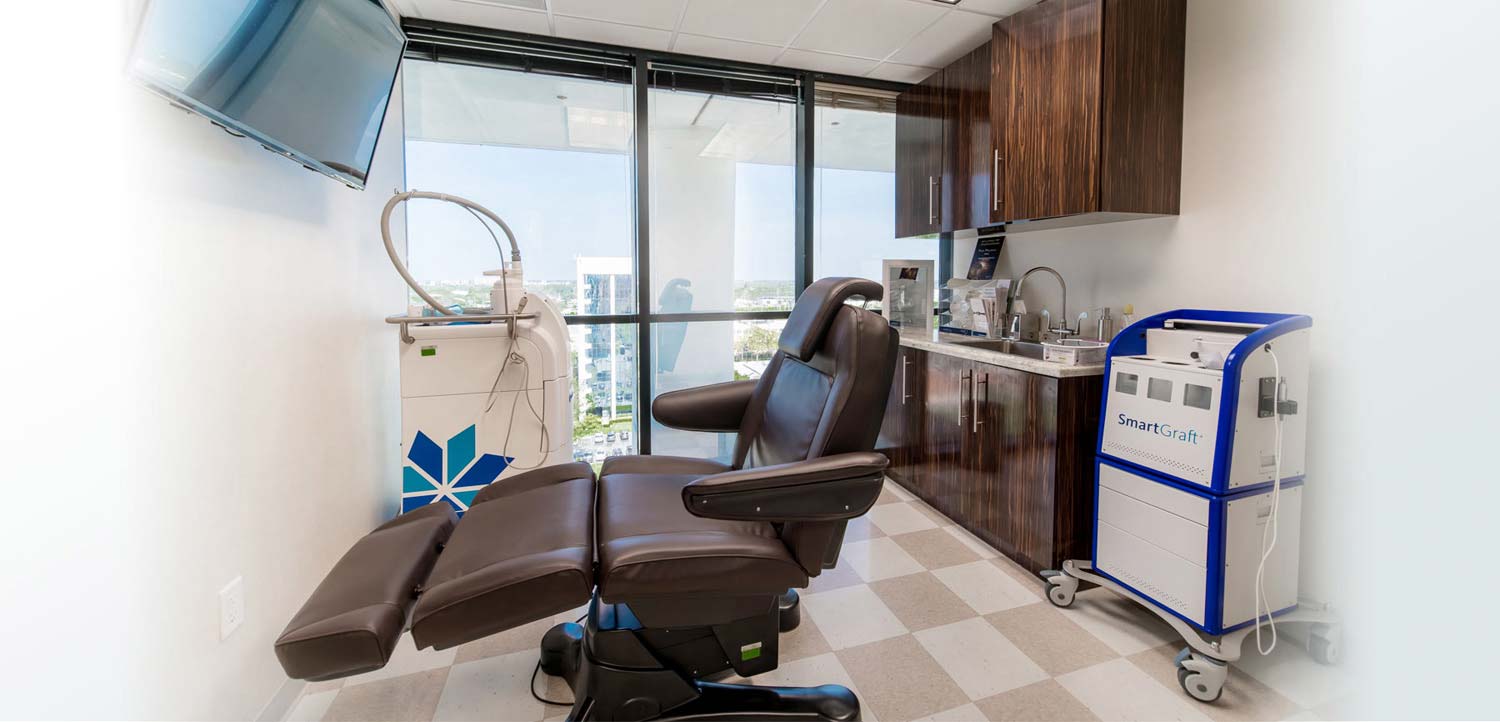
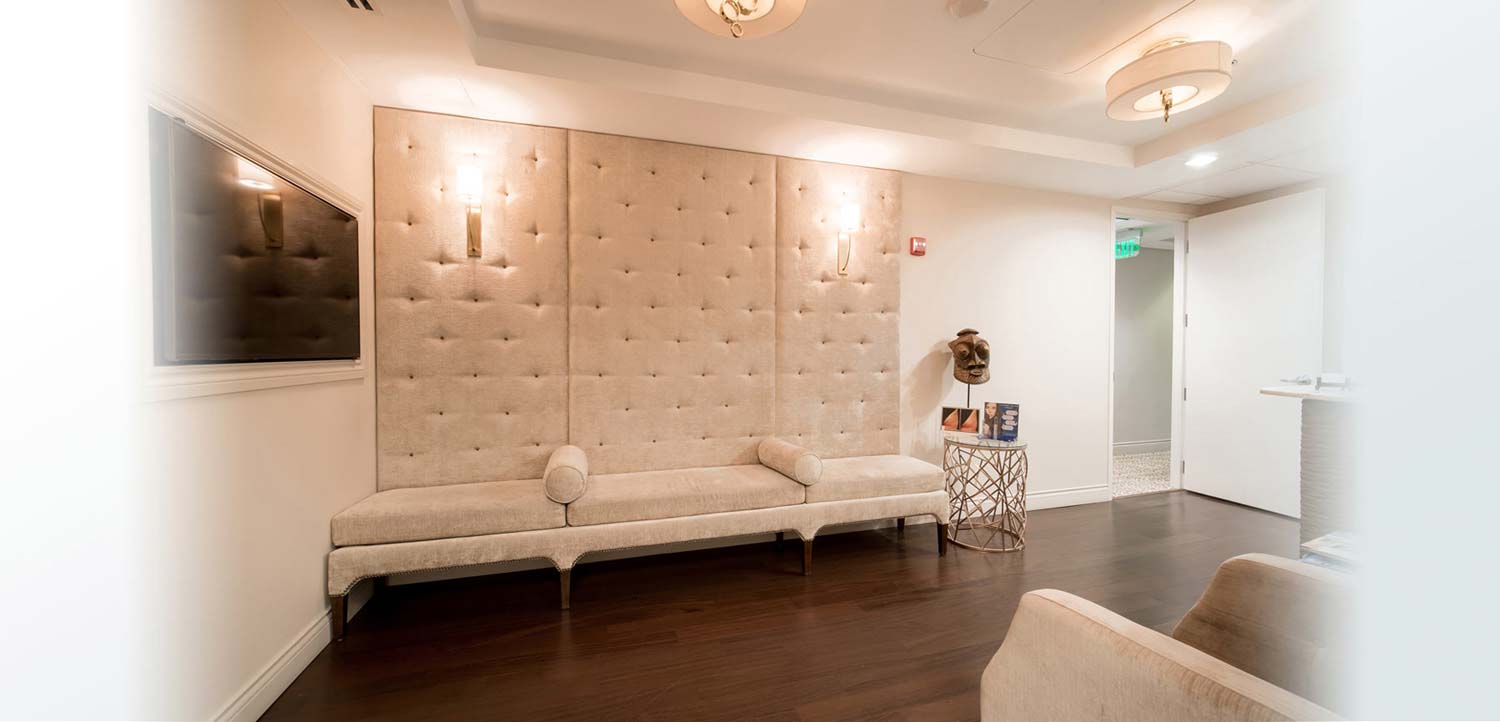
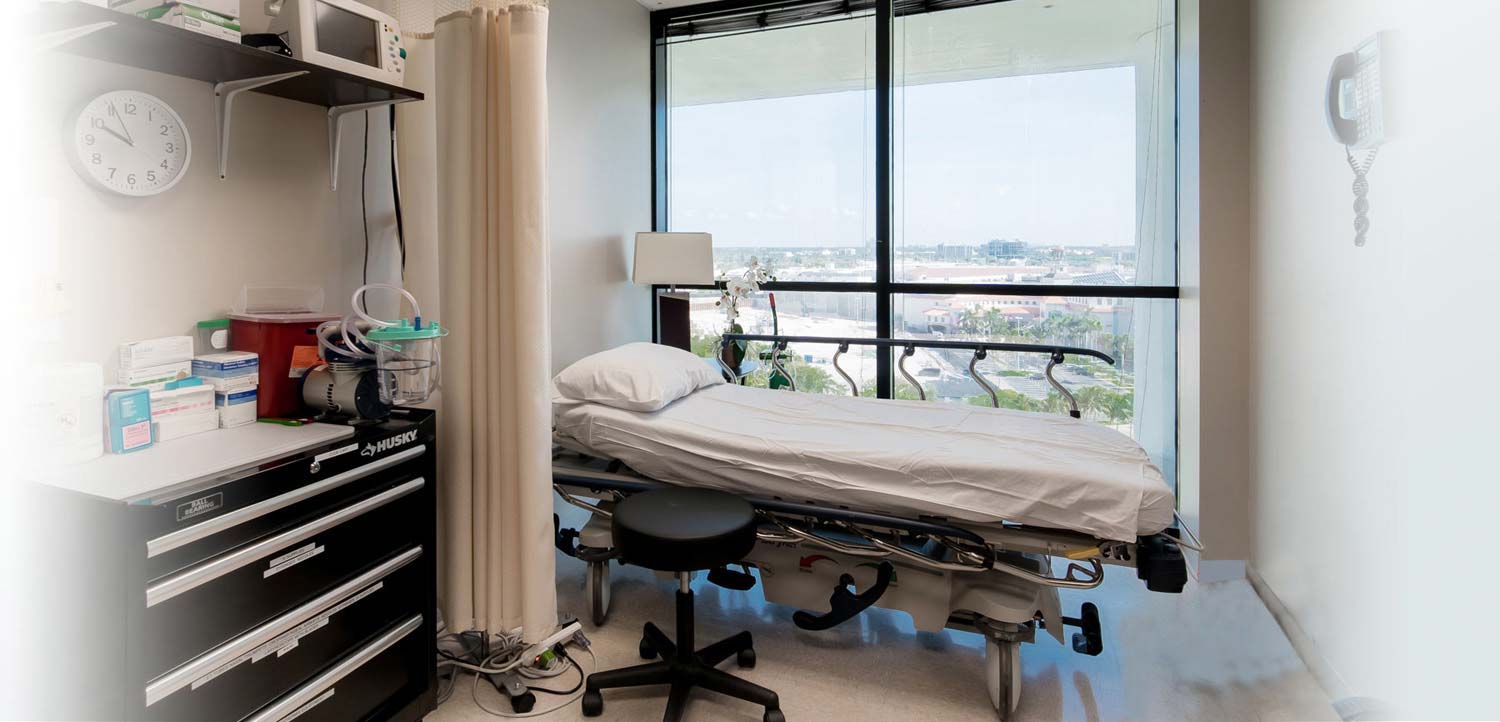








STAY social
Like, follow and share Dr. Rubinstein’s social point view